Last Updated on October 28, 2025 by Aram Vardanyan
As an Armenian, writing about my own culture was a little bit hard because I was afraid I might sound biased.
However, after studying my own culture, the time has come for me to write about Armenian culture and simply tell who we are, what history we have, and what our traditions are.
If youʻre booking your trip to Yerevan last minute, I have you covered. Below are some of the top tours, hotels, and more!
🇦🇲 Top Experiences and Tours in/from Yerevan:
- Day Trip to Khorvirap, Noravank, and Areni Winery (top-rated day tour from Yerevan!)
- Garni Temple & Geghard Tour with Lavash Baking Day tour (also a popular day tour!)
- Tsaghkadzor & Lake Sevan Guided Tour (wonderful nature tour from Yerevan!)
- Private Walking Food Tour with 6 Tastings (recommended food tour in Yerevan!)
🛌 Top Hotels in Yerevan:
- The Alexander (luxury option + SPA, authentic dining venues, indoor pool!)
- Daniel’s Boutique Hotel (mid-range in excellent location!)
- 14th Floor (in the center with a wonderful view of Mount Ararat!)
- Grand Hostel (budget option in Yerevan!)
🚗 Looking for the best way to get around Armenia? Click here to check rental car rates for Armenia!
🏥 Looking for the best insurance for traveling to Armenia? Click here to check insurance rates for Armenia!
In this article, I will briefly introduce readers to Armenian culture, traditions, and the Armenian people.
I will also explain why it is a desirable travel destination and provide quick bullet points and facts about Armenian culture.
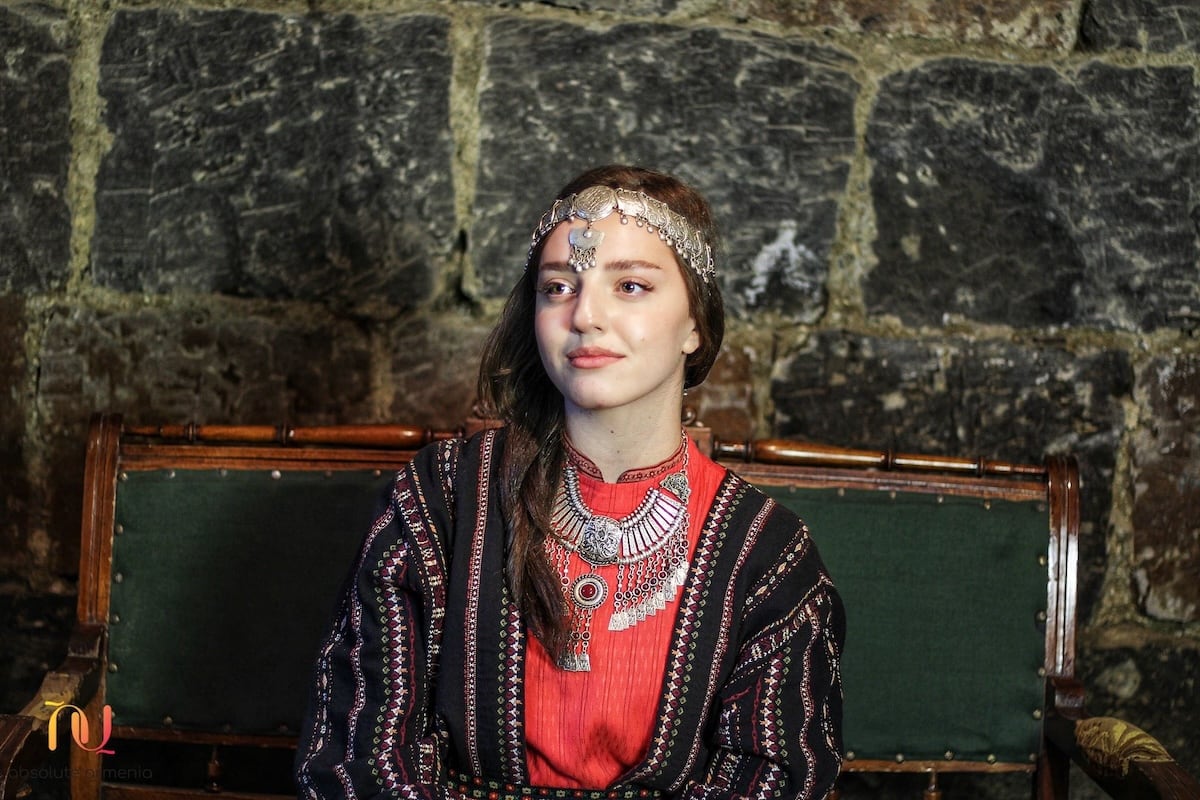
Understanding Armenian Cultural Identity
So, what is Armenia, and who are the Armenians? In my opinion, each country has its own uniqueness if it has history and traditions. What makes this country special in its own way? Let’s break it down.
The Armenian People and Their Heritage
Located in the South Caucasus, situated below Georgia, Armenia is a landlocked country, but it was not always like that.
According to Encyclopedia Britannica and many other reputable sources, Armenia is known to have more than 3,000 years of history.
The capital of Armenia, Yerevan, was founded in 782 BC by King Argishti I and is 29 years older than Rome
The Armenian people, despite wars, deportations, and genocide throughout history, have kept their indigenous identity.
Out of around 10 million Armenians around the world, only 3 million live in Armenia, and the rest live as diaspora in different countries.
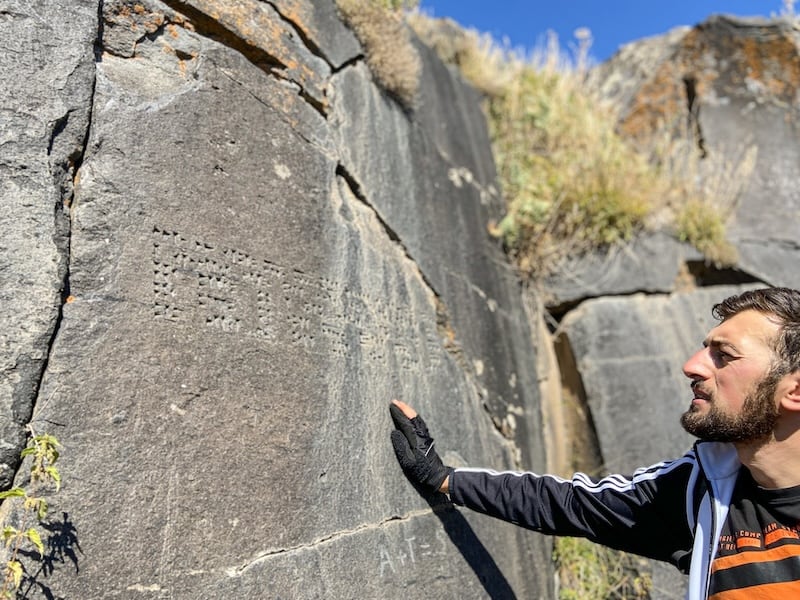
Armenian Cultural Key Points:
- First nation to adopt Christianity as state religion (301 AD)
- The Armenian alphabet was created in 405 AD by Mesrop Mashtots
- The Armenian diaspora is located in over 50 countries; the biggest communities are in the USA, France, and Russia.
- The Armenian language belongs to its independent branch of Indo-European languages
- For 71 years, Armenia was part of the Soviet Union until 1991
- Armenia is one of the safest countries in the world, largely thanks to its deep-rooted traditions and culture.
Armenian Cultural Foundation and Core Values
Armenian culture is very family-oriented. Also, throughout history, the preservation of family values, traditions, religion, and hospitality was among the main goals of Armenians.
That’s why many Armenians, including me, often say that because of these core aspects, Armenia and Armenians still exist.
At the same time, the Armenian language has some very strange expressions that will shock you if you translate them into other languages.

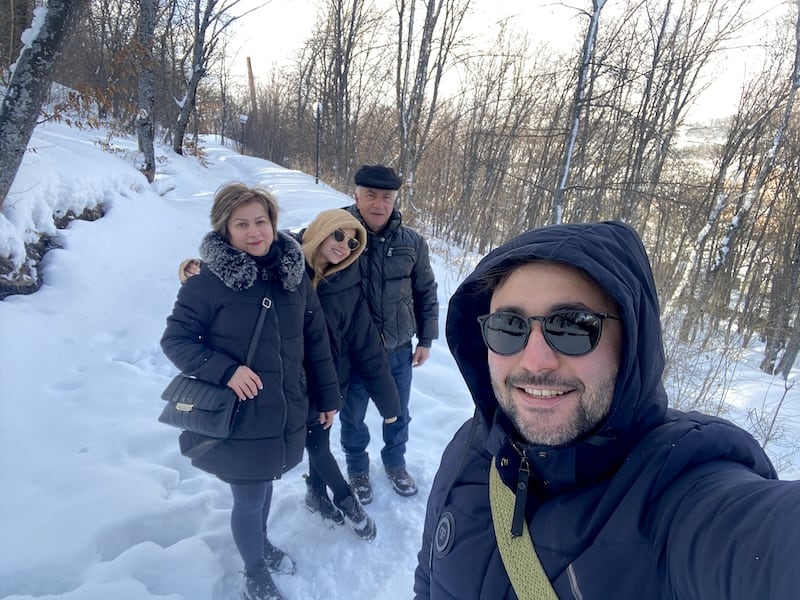
Essential Armenian Values:
- Family loyalty – Extended family networks remain central to Armenian life
- Hospitality (հյուրասիրություն) – Welcoming guests is considered a sacred duty
- Cultural preservation – Maintaining language, traditions, and customs across generations
Armenian Cultural Traditions
Traditional Festivals and Celebrations
Armenian history is blended with Christian and pagan celebrations.
Even though most of the celebrations are now Christian, before Christianity in the 4th century AD, Armenia was a pagan country. There are festivals like Vardavar that come from pagan times.
Armenian wine holds a huge place in its own and the world’s history, because Armenia is the birthplace of winemaking. It’s home to the oldest winery in the world, located in an Areni village.
Armenian brandy is another product that puts Armenia on the map, as it’s home to the famous Ararat Brandy (cognac) factory.
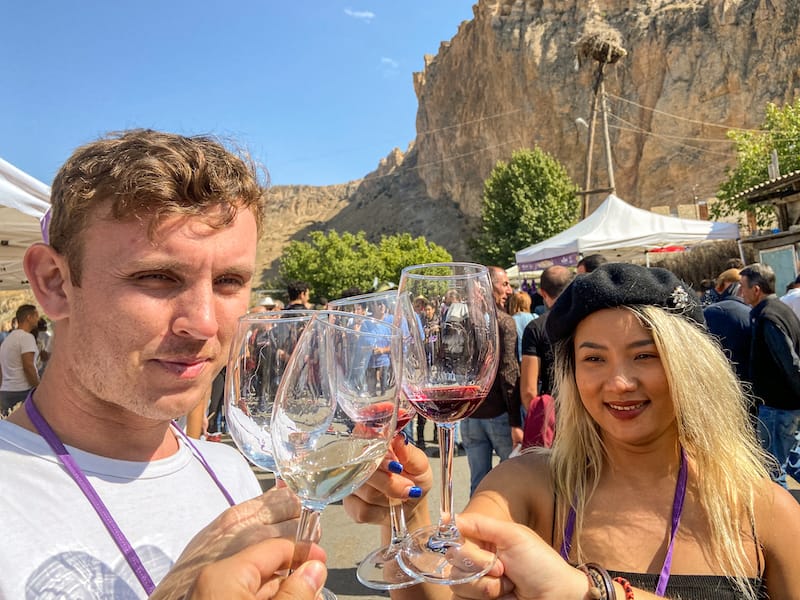
Major Cultural Festivals in Armenia:
- Vardavar – Ancient water festival celebrating love and fertility
- Trndez (aka Tyarnndarach) – Jumping over the fire (celebrated 40 days after Jesus Christ’s birth)
- Navasard – Traditional New Year celebration
- Daredevils of Sassoun Epic Festival – Celebrating national literature
- Areni Wine Festival – Honoring Armenia’s 6,000-year winemaking tradition
Marriage and Armenian Dating Culture
In Armenian culture, marriage holds a significant place because the roots of traditional Armenian weddings stretch back many centuries, and there are ceremonies that are still practiced in every Armenian wedding even today.
Traditional Marriage Elements:
- Khosk-kap – Visiting the bride’s family to show their interest from one family to another (usually the father, mother, aunts, and uncles)
- Nshandreq – The Engagement ceremony
- Crowning ceremony – Central element of Armenian Apostolic wedding
- Harsaniq – The Wedding
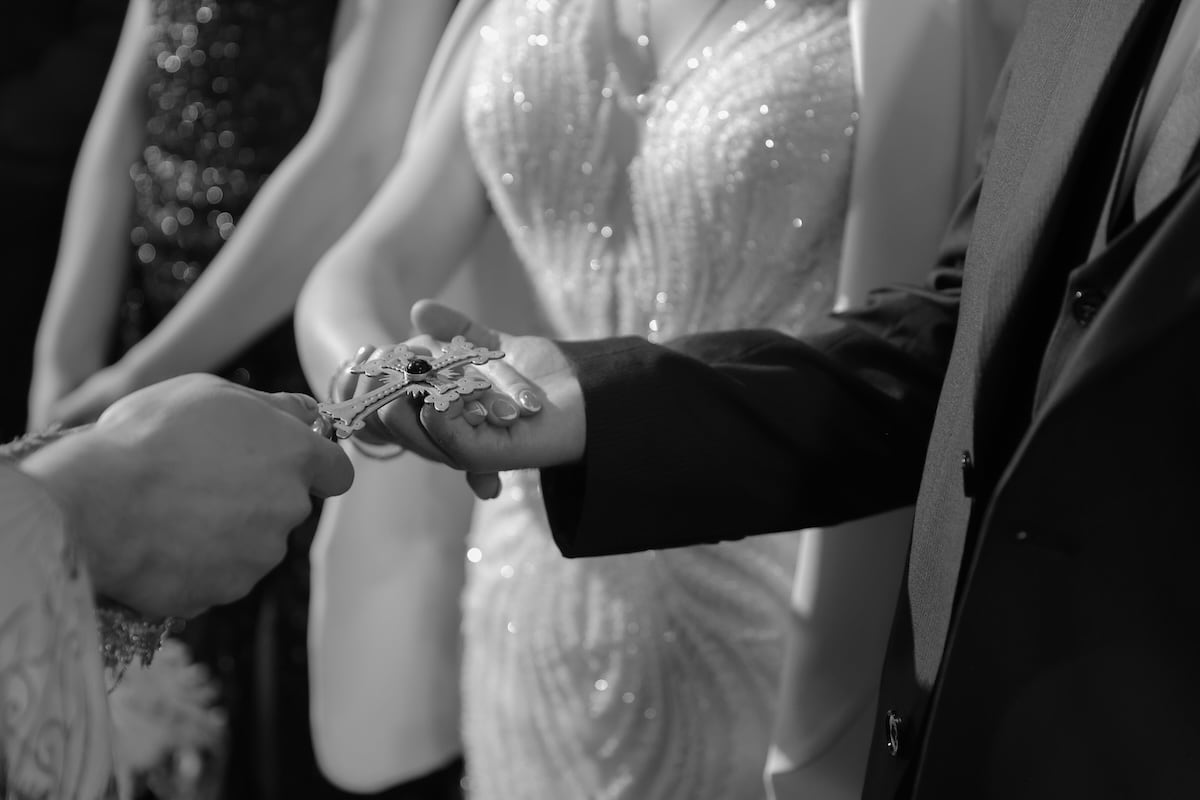
Modern Dating Considerations:
- Family approval remains culturally significant
- Educational and professional compatibility is highly valued
- Diaspora communities often organize cultural events for young people to meet
- Intermarriage acceptance varies by family and community
Armenian Arts and Cultural Expression
Armenian artistic traditions span from ancient khachkars (stone crosses) to modern contemporary art at Yerevan Cascade, reflecting both historical continuity and creative innovation.
Artistic Traditions:
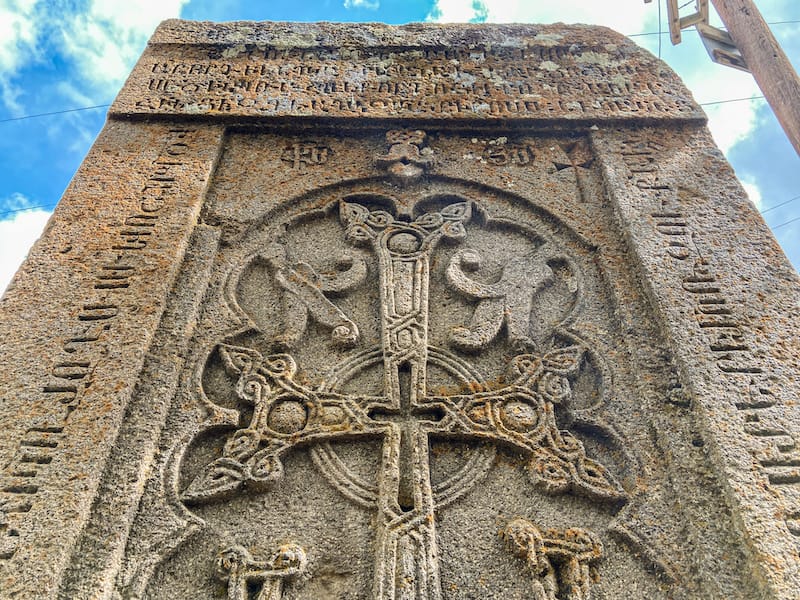
- Khachkar carving – UNESCO-recognized medieval art form (can be seen in large numbers at Noratus Cemetery)
- Manuscript illumination – Medieval religious and secular texts
- Carpet weaving – Distinctive regional patterns and techniques
- Contemporary art – Modern Armenian artists gaining international recognition
Music and Cultural Heritage
Armenia is not only known for the Kardashians, but yes, the Kardashians are Armenian.
Armenia is a nation that has given the world so many famous artists in different fields, from music to acting and everything in between.
Musical Traditions:
- Duduk – Traditional woodwind instrument, UNESCO World Heritage
- Kanun and oud – Classical string instruments
- Armenian Folk dances – Regional variations like Kochari and Yarkhushta, Berd
- Modern music – Aram Khachatryan, System of a Down, Charles Aznavour, Cher, and other artists bringing Armenian influence to global audiences
Armenian Food Culture and Culinary Traditions
Armenian food and dishes are some of the most delicious and still not fully discovered by the world.
It’s one of my absolute favorite cuisines, and there are dishes that date back centuries, using fresh ingredients and catering to both meat-eaters and vegetarians.
Food Categories:
- Grains and breads – Lavash (UNESCO World Heritage), bulgur, rice pilaf
- Vegetables and legumes – Eggplant, tomatoes, lentils, chickpeas
- Meats and dairy – Lamb, beef, yogurt, cheese varieties
- Herbs and spices – Parsley, cilantro, sumac, red pepper
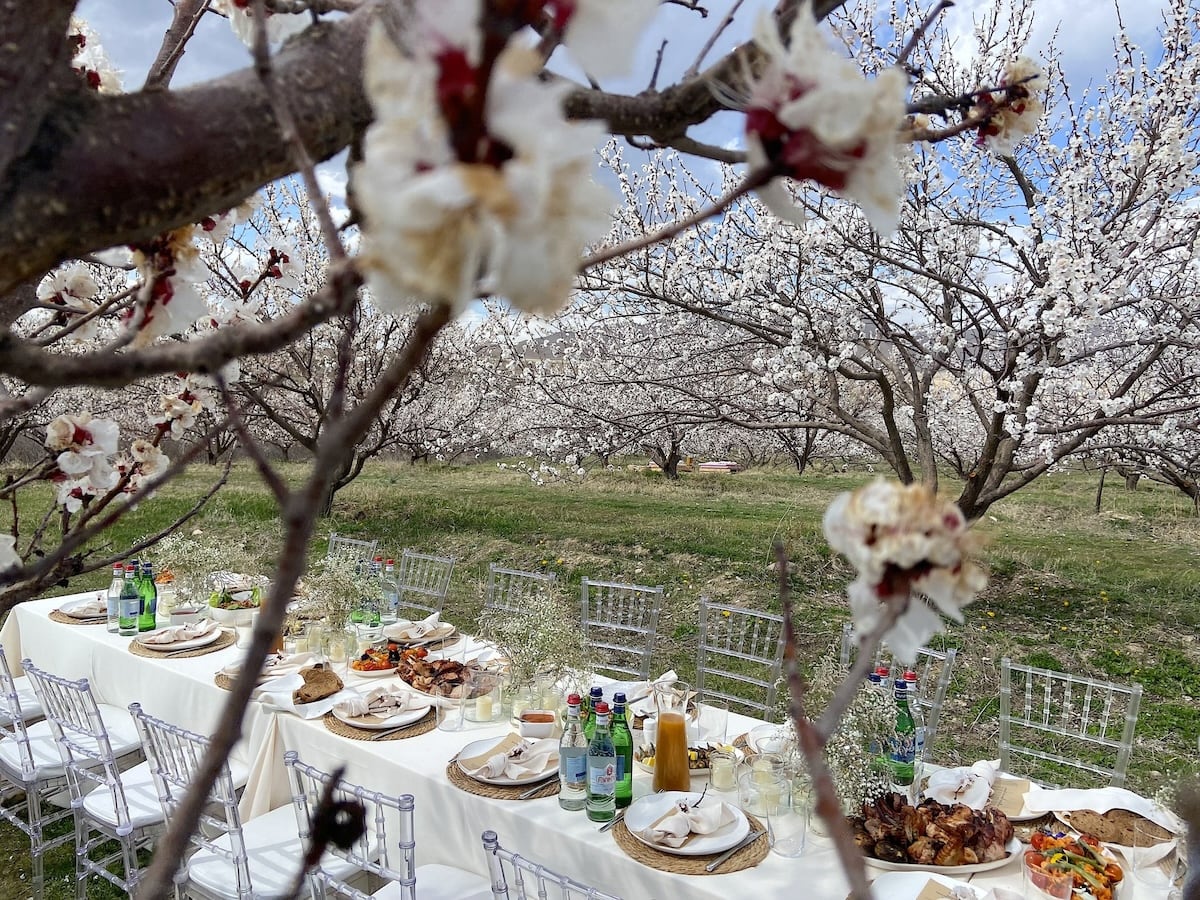
Essential Traditional Dishes:
- Tolma – Stuffed grape leaves or vegetables
- Khash – Traditional winter soup
- Khorovats – Armenian barbecue
- Gata – Sweet bread with filling
- Khashlama – Cooked beef or lamb with vegetables on the slow fire
- Ghapama – Stuffed pumpkin
Armenian Cultural Symbols and Their Meanings
The Pomegranate in Armenian Culture
The pomegranate, aside from being one of my favorite fruits of all time, holds profound significance in Armenian culture, symbolizing fertility, abundance, and prosperity.
This ancient fruit appears in religious art, wedding ceremonies, and New Year traditions.
Pomegranate Symbolism:
- Fertility and abundance – Seeds represent numerous offspring
- Prosperity – Used in New Year celebrations for good fortune
- Religious significance – Appears in Christian Armenian art
- Wedding traditions – Brides throw pomegranates for luck
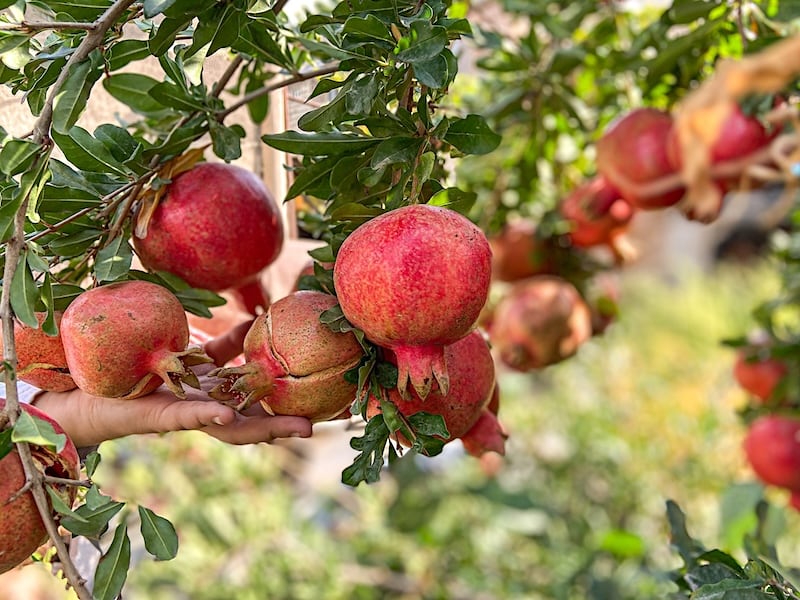
Other Armenian Cultural Symbols
- Mount Ararat – National symbol, despite being in modern Turkey
- Armenian Cross Stones (Khachkar) – Distinctive stone cross carvings
- Eternity Sign – Ancient symbol representing continuity
- Armenian Alphabet – Cultural pride in a unique writing system
Traditional Armenian Clothing and Dress
Traditional Armenian clothing varies significantly by region, reflecting local climates, available materials, and cultural influences from neighboring peoples.
Regional Costume Elements:
- Western Armenian – Elaborate embroidery, bright colors
- Eastern Armenian – Simpler designs, practical materials
- Cilician Armenian – Mediterranean influences
- Constantinople Armenian – Urban sophistication
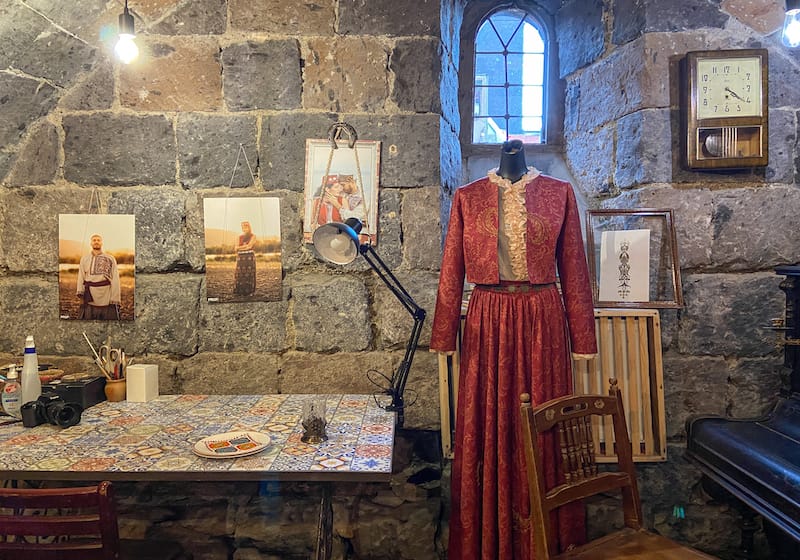
Traditional Garments:
- Taraz – Traditional dress ensemble
- Chokha – Men’s traditional coat
- Poshti – Women’s traditional shoes
- Mendil – Traditional headscarf
Modern Cultural Dress
Contemporary Armenians wear traditional clothing primarily for cultural events, weddings, and festivals, while incorporating cultural elements into modern fashion.
Armenian Cultural Heritage Preservation
Numerous organizations worldwide work to preserve and promote Armenian cultural heritage, from language schools to cultural centers.
Key Cultural Organizations:
- Armenian Cultural Foundation – Promoting arts and education
- AGBU (Armenian General Benevolent Union) – Worldwide cultural preservation
- Armenian Heritage Foundation – Historical preservation projects
- Local cultural centers in diaspora – Community-based cultural activities
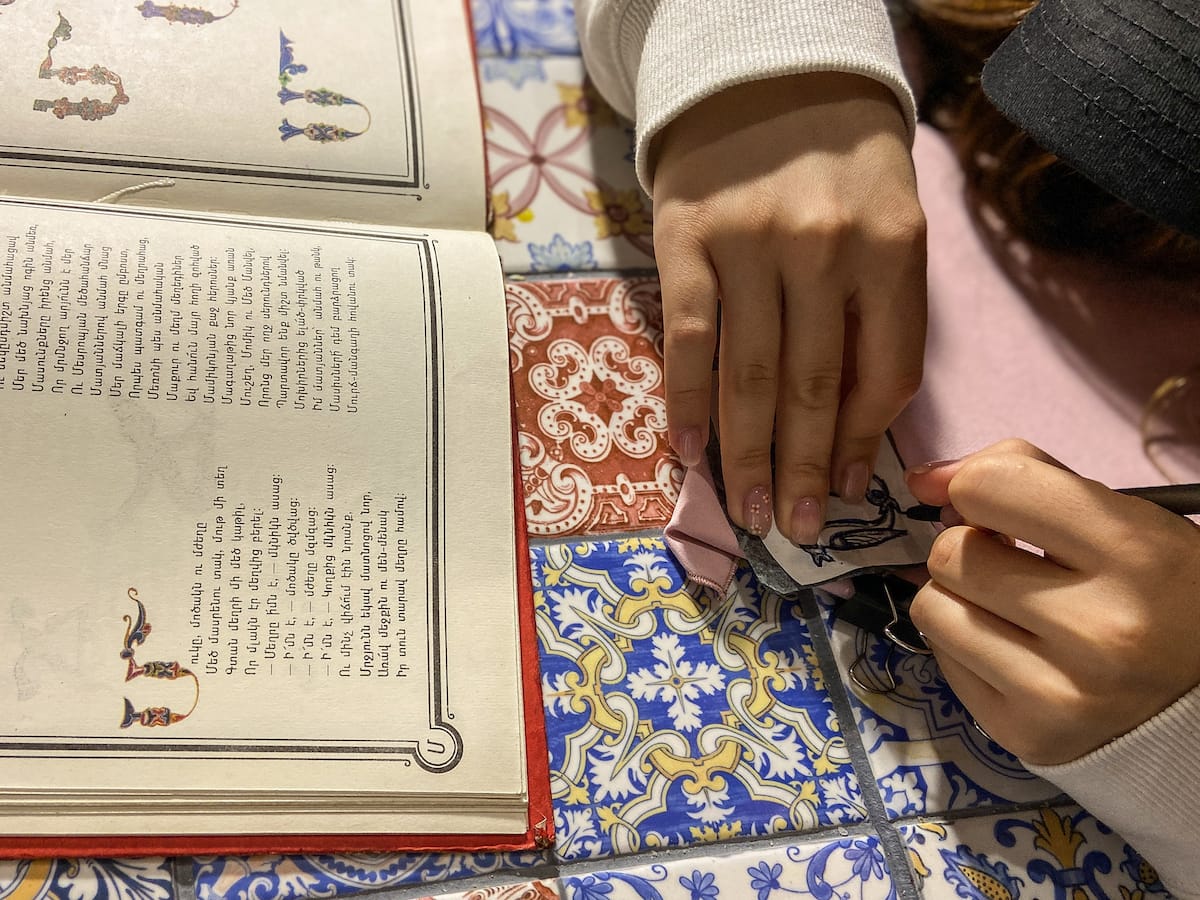
Language and Literature Preservation
Armenian language preservation remains crucial for cultural continuity, with efforts including schools, media, and literature programs.
Preservation Efforts:
- Saturday schools – Weekend Armenian language education
- Cultural immersion programs – Heritage trips to Armenia
- Digital archives – Online preservation of cultural materials
- Literary translations – Making Armenian literature accessible globally
Understanding Armenian Women and Men in Culture
Traditional and Modern Roles
Armenian culture traditionally emphasized women’s roles as family nurturers and cultural transmitters, while modern Armenian women increasingly pursue professional careers while maintaining cultural connections.
Armenian men are traditionally seen as the family’s protectors and the head of the household. They’ve historically been the main providers, and military service is mandatory in Armenia.
However, today, their roles are becoming more equal, with responsibilities often shared within the family.
Cultural Expectations:
- Family responsibility – Central role in maintaining traditions
- Education priority – High emphasis on academic achievement
- Cultural transmission – Teaching language and customs to children
- Community involvement – Active participation in cultural organizations
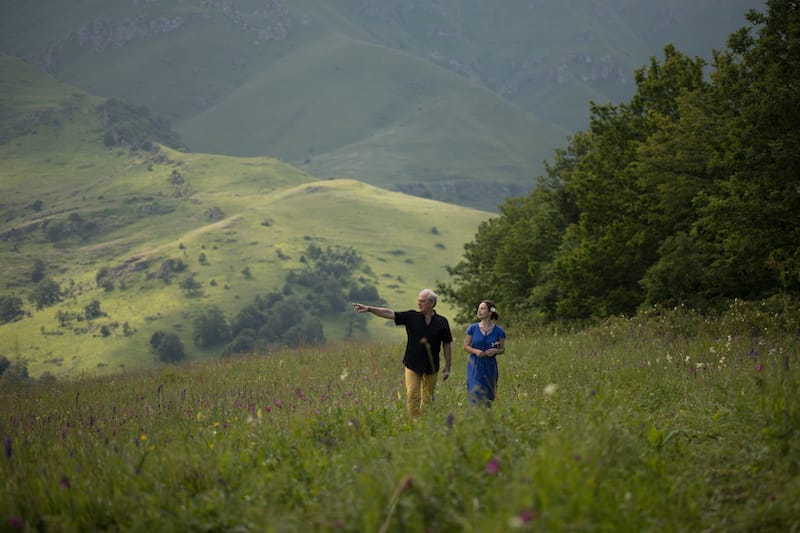
Modern Developments:
- Professional advancement – High rates of educational and career success
- Balanced expectations – Combining traditional values with contemporary aspirations
- Leadership roles – Increasing involvement in cultural and professional leadership
- Global perspective – Maintaining culture while embracing international opportunities
Planning Your Armenian Cultural Experience
Armenia is one of the most beautiful countries in the world, and it has a lot to offer its visitors.
When you visit Armenia, you can expect to experience cultural and culinary adventures with thousands of years of history.
On my blog, I’m promoting the best things to do in Armenia, based on my experience, to show why my country is worth visiting.
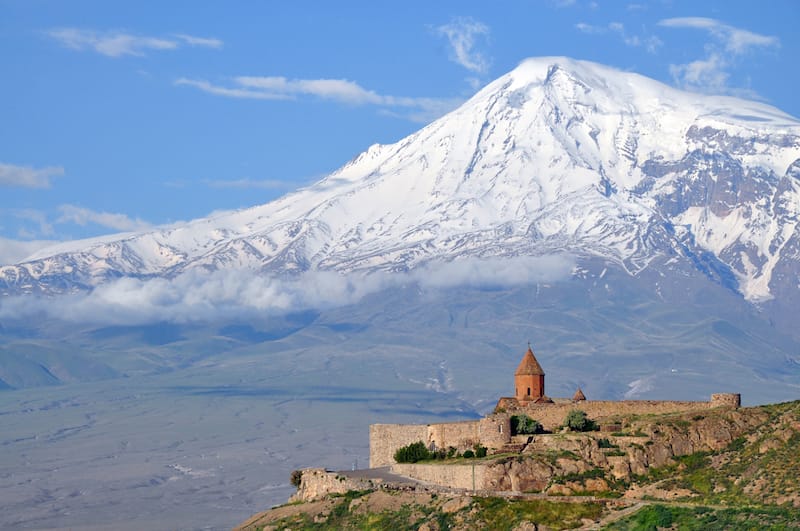
Cultural Sites to Visit:
- Echmiadzin Cathedral – The World’s oldest state-built church
- The 9th-century Tatev Monastery – Wings of Tatev, the world’s longest reversible cable car ride
- Geghard Monastery – Medieval architectural marvel
- Matenadaran Manuscript Repository – Ancient manuscript collection
- The biggest lake in the Caucasus is Lake Sevan: Sevanavank Monastery on the peninsula
- Khor Virap – Picturesque church dungeon in front of Mount Ararat, where St. Grigor the Illuminator was captured.
- Vernissage Market – Traditional crafts and artwork
- Amberd Fortress – The high-altitude medieval fortress.
- Temple of Garni – the only Pagan Temple in the region, built in 1AD
- The Symphony of Stones – A unique natural wonder made of hexagon-shaped basalt stones.
Practical Cultural Information
Armenians are very welcoming and heartwarming people who love small talk. Their relationships, both among themselves and with foreigners, are first and foremost based on respect, because, as Armenians say, ‘the distance from stranger to friend is very short.
Social Guidelines:
- Greetings – Warm, personal greetings are expected
- Gift-giving – Appropriate for visits and celebrations
- Dining etiquette – Expect multiple courses and generous portions
- Religious respect – Understand the importance of the Armenian Apostolic Church
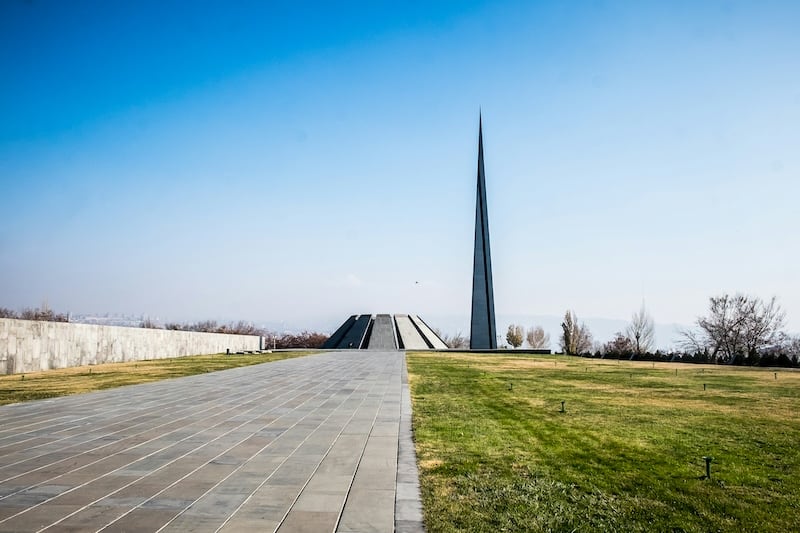
Cultural Sensitivity Tips
- Historical awareness – Understand the impact of the Armenian Genocide
- Religious significance – Respect for Christian Apostolic traditions
- Family importance – Recognize the central role of family relationships
- Cultural pride – Appreciate a deep connection to heritage and traditions
In Conclusion
Armenian culture represents a remarkable testament to human resilience, creativity, and continuity. Yet, Armenians are also like any other nation with a rich history; they love family, nature, and social gatherings.
For us, life is a big party to be attended! As the famous Armenian poet Paruyr Sevak once said, ‘We are few, but we are called Armenians. We do not put ourselves above anyone.’
